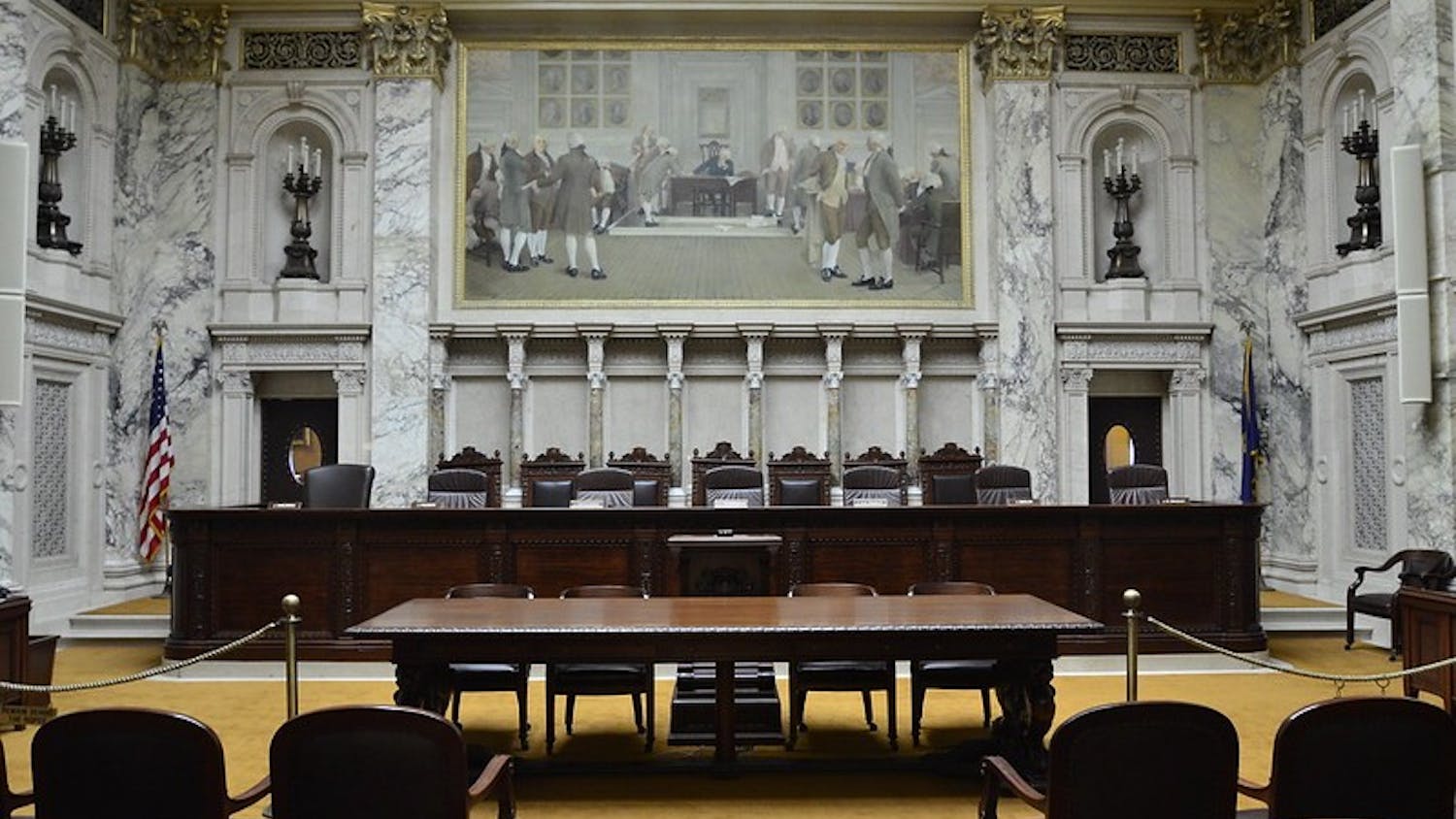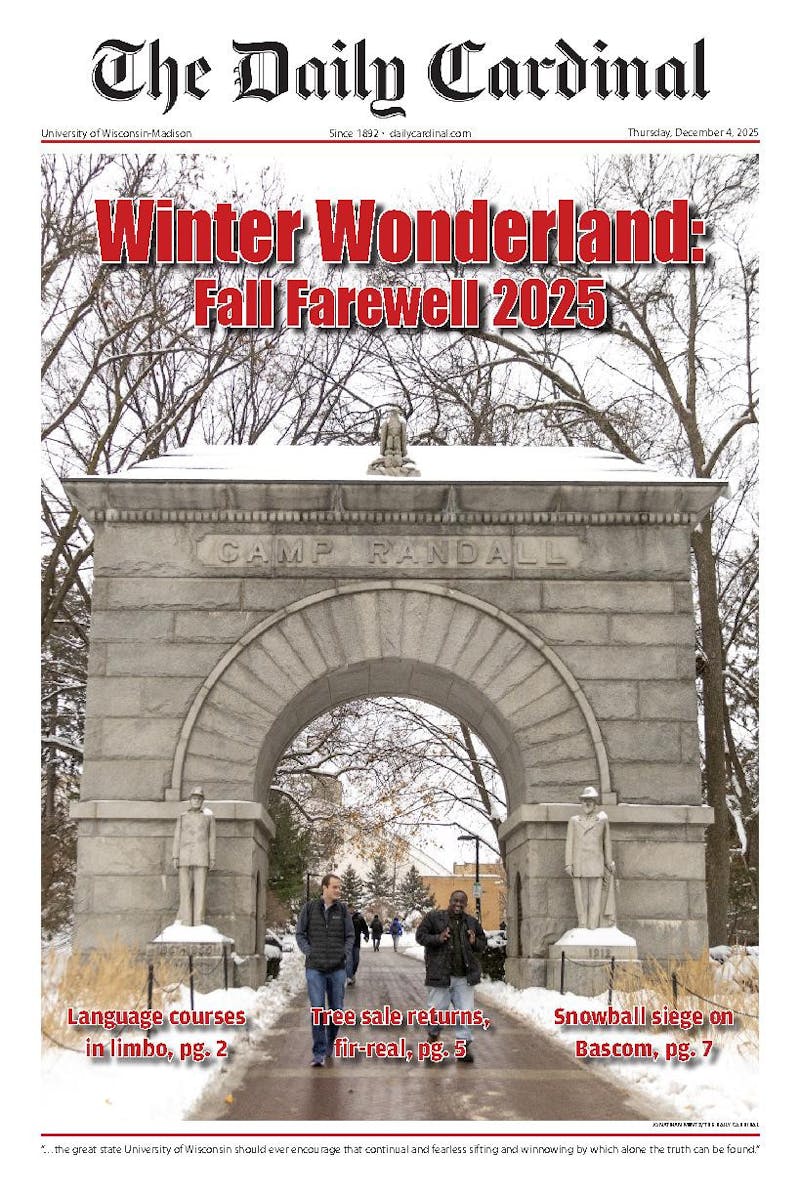For many UW students the city of Madison really is just ""77 square miles surrounded by reality."" But students who venture outside the campus' bubble of higher education, vibrant political activism and its college-town atmosphere may discover outliers like Allied Drive, which has notoriously been one square mile of chronic destitution surrounded by the Madison Police Department.
Home to one of Madison's highest crime rates, Allied Drive's is one of Madison's most troubled neighborhoods. However, city officials say a recent social intervention programs and a strategic police plan has rejuvenated the community.
""The crime rate has definitely gone down,"" Madison Police Cpt. Jay Langfeld said. ""We used to have a lot of violent crime in that area, a lot of crime in general, but there has just been a huge drop in that.""
According to a 2009 report by the UW La Follette School of Public Affairs, the transformation may have begun in 2003, when the city acquired a ""Weed and Seed"" federal grant. The grant, which expired in 2008, allowed the MPD to spend about $492,000 over the six-year period, with 78 percent spent on increasing police presence with increased overtime pay.
According to the report, Allied Drive, which houses about 1 percent of Madison's population, accounted for 16 percent of the MPD's weapon-related ""calls for service"" and 10 percent of the drug-related ""calls for service"" in 2003.
""The Allied neighborhood was really a magnet for people all over the region that suffered from addiction,"" Ald. Mike Verveer, District 4, said.
By 2008, those percentages had shrunk to 5 and 3 percent of the city's police calls respectively.
""Crime rates are down at least 50 percent,"" Langfeld said, though he added the poverty rate for the city overall ""probably hasn't dropped.""
The ""Weed and Seed"" grant focused on a two-pronged approach, according to the report: ""weed"" out the neighborhood's ""violent gang members from targeted areas,"" and then ""seed"" the remaining residents with ""a broad array of public human services.""
According to the report, one key to the MPD's success was focusing on ""community policing."" They also began enforcing the city's chronic nuisance abatement ordinance, allowing them to puts more pressure on property owners to evict problem tenants frequently cited for ""noise complaints, drug dealing, prostitution or other code violations,"" according to the report.
In conjunction with the Madison Police, the Allied Dunn's Marsh Neighborhood Association also worked to provide many of the necessary social services, uniting members of the community to work together to make progress against its criminal reputation.
""I think one of the main factors contributing to the decline in crime is that people in the neighborhood have banded together to change the behavior of the neighborhood as a whole,"" Allied Dunn's Marsh Neighborhood Association president Florenzo Cribbs said.
""[The] main goal is to bring common unity back to community. We stand in our principle of ‘move forward, not out,'"" Cribbs said.
Grace Urban contributed to this article.





